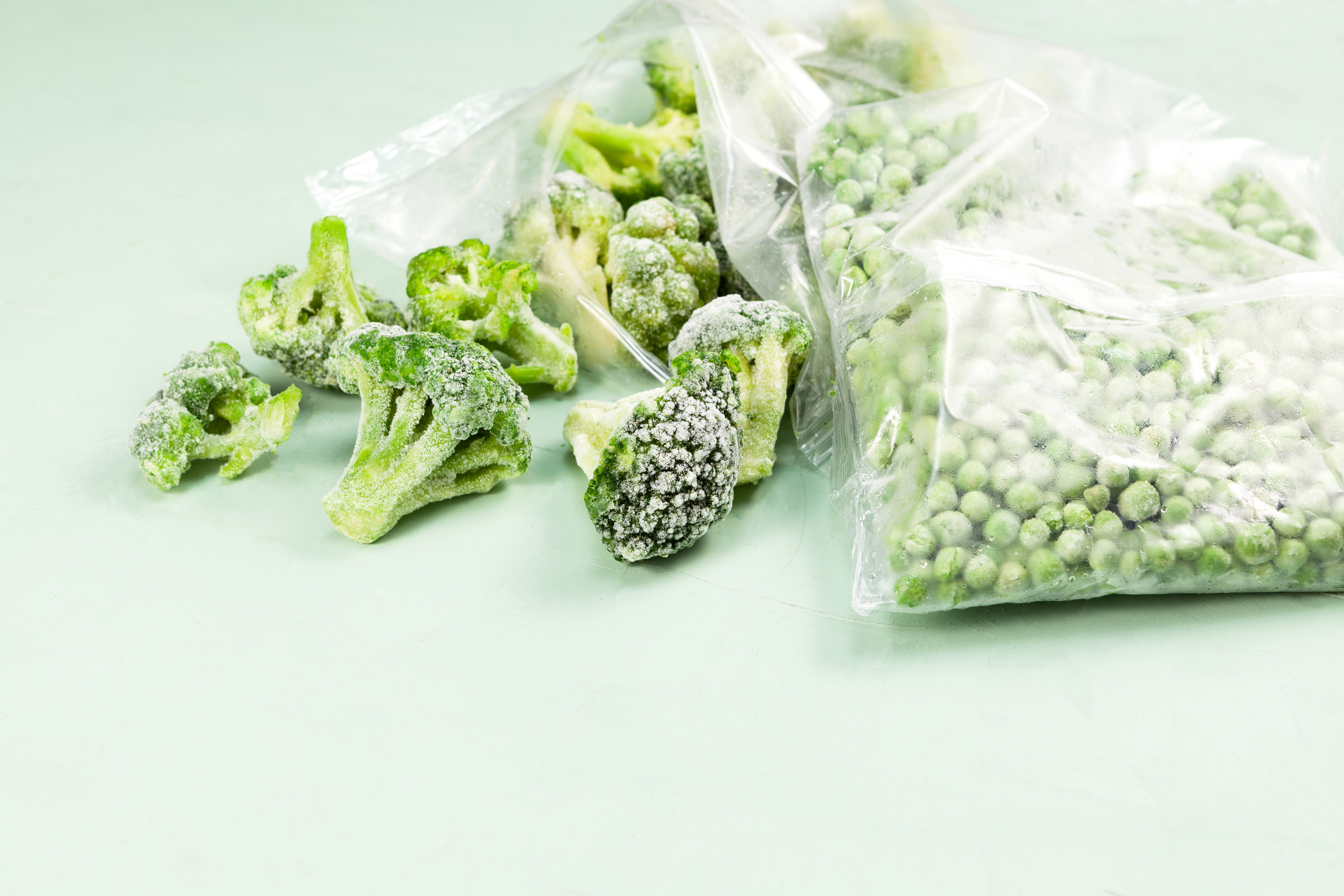
Image Source: 123rf.com
Frozen vegetables are often marketed as being “picked at peak freshness” and “flash frozen to lock in nutrients.” While this can be true in some cases, it’s not always the full story. Many factors—like harvesting practices, transportation, and storage—can affect the actual quality of what ends up in your freezer. Just because a bag says “fresh frozen” doesn’t mean the vegetables are in the same condition they were when harvested. Here are several reasons your frozen veggies might not be as fresh as promised.
1. Delays Between Harvest and Freezing
The ideal scenario is that vegetables are frozen within hours of being picked, but that’s not always the case. Some crops sit in warehouses or transport trucks for a day or more before processing. During this time, nutrient loss and texture changes can begin. While freezing slows down deterioration, it can’t reverse what’s already happened. If freshness is your priority, those pre-freezing delays matter more than most labels admit.
2. Nutrient Loss Before Packaging
Certain vitamins—especially vitamin C and some B vitamins—are sensitive to heat, light, and air exposure. If vegetables spend too much time between harvest and freezing, these nutrients can degrade significantly. Even blanching (briefly boiling before freezing) can cause further losses, although it helps prevent spoilage. Manufacturers rarely disclose how much nutrient content has been lost during processing. As a result, “fresh frozen” might be less nutrient-dense than you expect.
3. Impact of Blanching on Texture and Taste
Blanching is a standard step in the frozen veggie process, helping preserve color and stop enzyme activity. However, it can also soften vegetables and slightly change their flavor. Some people notice that frozen vegetables taste “watered down” or have a mushier texture compared to fresh. This is especially true for vegetables with high water content, like zucchini or spinach. While blanching is necessary for safety and shelf life, it’s another reason frozen vegetables may not feel as fresh.
4. Storage Time in Freezers Before Sale
Even after being packaged, frozen vegetables can spend weeks or months in storage before hitting grocery store shelves. Extended storage times can lead to freezer burn, color fading, and flavor changes. Although the veggies are technically safe to eat, they might not deliver the taste or texture you expect. This is particularly true for products with “best by” dates that are a year or more away. The longer the storage time, the less fresh the product will seem when cooked.
5. Transportation Conditions Affecting Quality
Frozen vegetables must be kept at a constant low temperature during transport, but not all supply chains manage this perfectly. If the temperature rises, even briefly, ice crystals can melt and refreeze, damaging the cellular structure of the veggies. This results in a soggier texture and faster nutrient breakdown. Poor handling during transportation can also contribute to freezer burn. Unfortunately, you won’t know this from looking at the label in the store.
6. Misleading Marketing Phrases
Phrases like “garden fresh,” “farm to freezer,” or “harvested at peak” sound reassuring, but they’re not strictly regulated. These marketing terms are often more about appealing to buyers than describing an actual process. In reality, “farm to freezer” might still involve long delays or extensive handling. Without industry standards for these claims, it’s hard to know how accurate they are. Consumers often assume these terms mean superior freshness, when that may not be the case.
7. Differences in Processing Across Brands
Not all frozen vegetable brands use the same standards or equipment. Some have more advanced freezing technology that preserves quality better, while others use older methods that result in more nutrient loss. Budget-friendly options might cut corners in harvesting speed, transportation, or storage. Two bags of the same vegetable from different brands could vary significantly in taste, texture, and nutrition. Paying attention to brand reputation can help you choose better-quality frozen produce.
8. Freezer Burn and Home Storage Issues
Even after purchase, how you store frozen vegetables at home affects their freshness. Leaving the bag open or letting it thaw and refreeze can quickly lead to freezer burn. This not only affects taste and texture but can also make vegetables less appealing and reduce nutrient retention. Many people underestimate how quickly freezer burn can develop, especially in frost-free freezers. Proper storage practices are key if you want to keep your frozen veggies as fresh as possible.
Choosing Frozen Vegetables Wisely
Frozen vegetables can still be a great option for convenience, budget, and reducing food waste—but it’s worth knowing the limitations. To get the freshest product, look for brands that clearly state their freezing timelines, check “best by” dates, and choose items stored in well-maintained freezers at the store. At home, keep your freezer at the proper temperature and avoid thawing and refreezing. By being a more informed shopper, you can enjoy the benefits of frozen vegetables without falling for the myth that they’re always as fresh as the day they were picked.
Do you prefer fresh or frozen vegetables, and why? Share your experiences and tips in the comments.
Read More
7 Types of Frozen Vegetables That Carry the Highest Bacteria Risk
